
Fall Armyworm (FAW) is a destructive pest, which is native to the tropical and subtropical regions of the Americas and is found everywhere from South America to eastern and Central North America. FAW has targeted over 80 different plants including maize, rice, cotton, sugarcane, wheat and soybeans, and has been particularly devastating in the maize producing regions of Brazil, Africa and recently India. The pest was first discovered on the African continent in Nigeria in January 2016 and has quickly spread to 44 countries across sub-Saharan Africa.
In 2018, the pest was reported in Asian countries including India, Thailand, Sri Lanka, Myanmar, and Bangladesh. Its spread across the continent has continued in 2019. FAW has been detected for the first time in Pu’er City and Dehong in the Yunnan Province of China, and most recently has been found in Vietnam. The FAO warned it could threaten the food security and livelihoods of millions of small-scale farmers in Asia as the pest is likely to spread further, with India, South East Asia and South China most at risk. It is thought the pest could also spread to Europe. Based on the data from Africa, CABI2 estimates FAW will cut annual maize production by 21% to 53% in the absence of pest management.
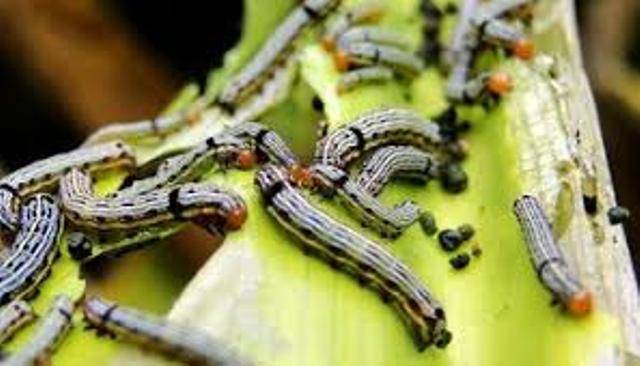
In order to protect farmers livelihoods and ensure food security globally especially in the high-risk regions of Asia, the CropLife International and CropLife Asia outlines the holistic approach to ensure effective management of Fall Armyworm (FAW) through integrated pest management (IPM); clear, evidence-based advice to farmers; a regulatory environment that gives access to technology; stakeholder coordination and emergency phytosanitary measures.
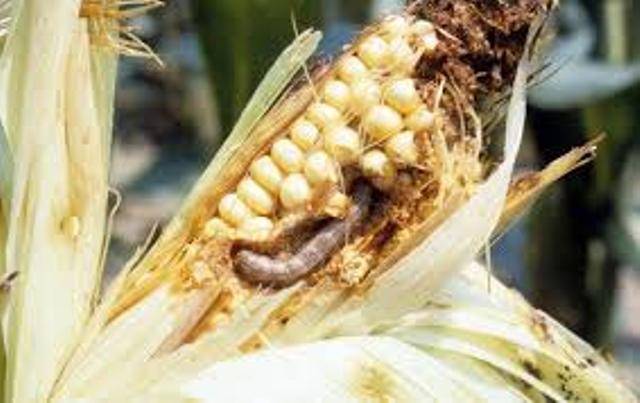
1. An Integrated pest management (IPM) approach
CropLife International and CropLife Asia support an IPM approach to dealing with FAW. The components of IPM should be based on evidence of their effectiveness and awareness of their risks. Such a position has been clearly outlined by the World Trade Organisation Committee on Sanitary and Phytosanitary Measures as submitted by Brazil, Kenya, Madagascar, Paraguay, the United States of America and Uruguay. A sound IPM strategy should include effective scouting and monitoring for the pest and preventative measures to stop any infestation. Where an economic threshold is reached, farmers must be given access to effective tools to prevent the destruction of their crop, as outlined in the US Agency for International Development (USAID) guide for IPM in Africa.
For successful IPM intervention, the cost-effective tools available to farmers must include:
Insecticides: Seed Treatment and Foliar applications.
Insecticides are one of the few proven and effective tools for the management of FAW and their deployment should be given balanced consideration – through both foliar applications and seed treatments. A practical approach for small-scale farmers must focus on:
-
a) Seed treatments: FAW often invades at an early stage. Damage during emergence and the early growth period has a major impact on final crop yield. Application of a seed treatment is an effective approach for controlling FAW and other insect pests during this early period of growth.
-
b) The use of in-country registered pesticides only, and pesticides that are recommended to effectively control FAW by credible resources (governmental / non-governmental);
-
c) The avoidance of illegally traded pesticides and/or counterfeits;
-
d) The avoidance of WHO3 class 1a acute toxic pesticide or only use them where farmers are trained and use respective precautions (or as a last resort);
-
e) Pesticide procurement that follows demand and requirement, and has appropriate measures in place to ensure obsolete stocks does not result.
-
f) Guidance to avoid build-up of resistance. An Insect Resistance Management guide for FAW has been developed by the CropLife International Insect Resistance Action Committee;
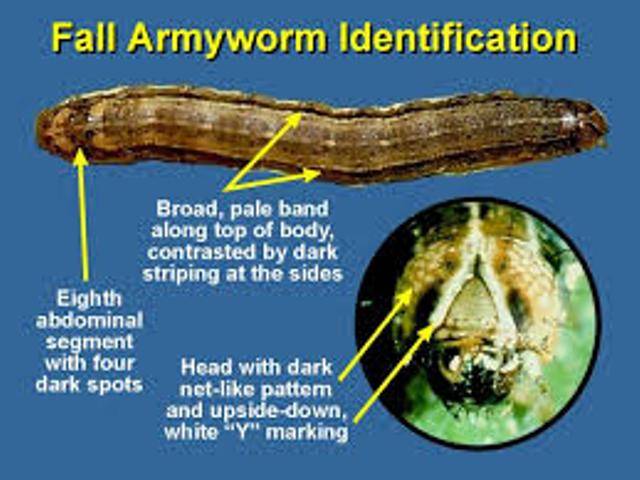
Plant Biotechnology
Insect-resistant biotech crops have been another tool in the IPM approach and used successfully across North and South America in effectively managing FAW. The effectiveness of biotech maize against FAW has been demonstrated in field trials in Kenya, Mozambique, South Africa, Tanzania & Uganda through the Water Efficient Maize for Africa (WEMA) project. Furthermore, despite the millions of hectares of maize in Africa that have been devastated by FAW in 2017, South Africa has largely been exempt from the infestation.
The FAO has previously stated that it is “imperative for Africa to make biotechnologies, knowledge and innovation available, accessible and applicable to small farmers to help them maximize their agricultural productivity while keeping the environment healthy and sustainable.” This statement of FAO should also be applied to Asia.
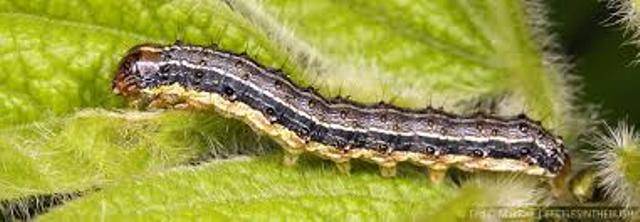
Other pest management tools
Other pest control methods must be used in conjunction with pesticides as part of an IPM approach. These include agronomic practices, legitimate biological pesticides and natural enemies. CABI has been reviewing different approaches to FAW management in Africa and this work forms a strong basis for the promotion of pest management options. Farmers need to know about the efficacy and risks of pest management approaches and information on this should be evidence-based.
2. Clear, evidence-based advice to farmers
Given that the FAW is an invasive species, there are few validated control methods available – farmers therefore require technologies that are evidence-based and cost-effective for adoption. Farmers and those who advise them (like extension officers & agricultural product retailers) also need clear & consistent advice. Importantly, farmers must be made aware of the danger of the pest, taught to recognize it, and informed of its ecology and lifecycle, including when it is most vulnerable to pest management options. Farmers need to be given information about pest management approaches, their efficacy, the extent to which they have been validated, and how insecticides should be applied so as to maximise their efficacy and mitigate human health and environmental risks.
For crop protection and plant biotech solutions, advice on identifying counterfeit products and resistance management should also be provided. Governments must also ensure biological pesticides available to farmers are legitimate and do not contain hidden (unlabelled) synthetic insecticide ingredients. We expect, over time, as research is conducted, that more pest management approaches will be incorporated into the IPM strategy, in particular the use of biological control agents.
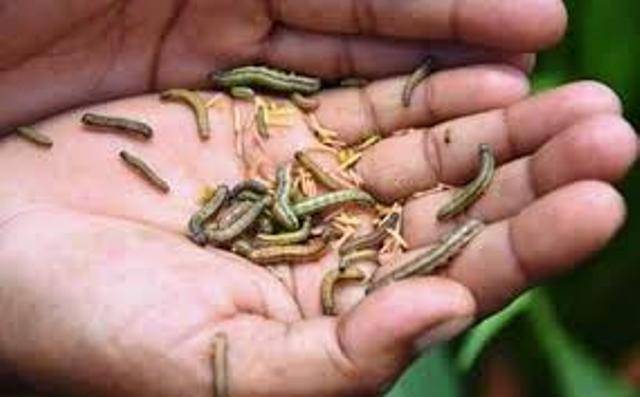
3. Access to the technology
It is imperative that farmers have the opportunity to access a wide range of technologies to manage the problems caused by FAW. Science-based regulations are necessary to ensure continued access to a range of modern crop protection products and to improve access to biotech products.
Sound regulations need to be based on science and evidence, considering not only the products’ intrinsic qualities but also its purpose and condition of use. This enables regulatory decisions to weigh risks and benefits, not just hazards.
A well-functioning regulatory system will give farmers a choice of tools to protect their crop from FAW, while also protecting human and environmental health, balancing risks and benefits. Evaluations should be grounded in real use-situations and where lacking, capacity of national and regional regulators should be increased to achieve this across Asia.
Here is a list of suggested options for government to consider on providing access to technology/product:
(a) Grant of temporary label expansion or government use recommendations on existing products considering efficacy, safety and resistance management principles.
(b) Allowing fast track registration for newer molecules / product mixtures which are under regulatory scrutiny or approval process, supported by international biological data against FAW.
(c) Inviting potential candidate molecules applications from the industry, for granting conditional registrations. This should consider data transportability on efficacy and MRLs from outside the country.
(d) Plant Biotechnology considerations could include the utilization of data from other jurisdictions to make more timely regulatory decisions about either existing or new products that have already been validated as efficacious against FAW in real world situations. Strengthening law enforcement on seed technology and product security to deflect resistance and ensure durability of biotechnology products against FAW.
4. Stakeholder coordination
FAW management should entail multi-stakeholder engagement with farmers, governments, service provides, NGOs and the private sector. There needs to be effective coordination of all stakeholders involved with a focus on solution-oriented dialogues.
CropLife International’s member companies research, manufacture and sell crop protection and plant biotechnology products, and the global CropLife network spans 91 countries; therefore, we feel we can make an important contribution on this issue. Advancements by our members in technology, such as pesticides, plant biotechnology and precision agriculture, will aid the ability of farmers to deal with FAW, and a collaborative and constructive relationship with the FAO, UN Environment and wider stakeholders can be used to promote optimal and responsible use of plant science tools around the world, with our collective aim to successfully meet the Sustainable Development Goals.
5. Consideration of emergency phytosanitary measures for FAW
The seed industry suggests that governments considering implementation of emergency phytosanitary measures to address the risk of entry and establishment of Spodoptera frugiperda in their country take the following points into account when addressing any such risk associated with the importation of seed for sowing:
-
assessment of risks associated with this pest are fairly straightforward when compared to other plant diseases or insect pests;
-
infestation by this pest is known to spread from vegetative plant parts to ears (for corn) – risks of spread and introduction are also more prevalent through domestic and regional movement of the adults, where the moth can travel and spread;
-
the degree of phytosanitary risk is therefore insignificant on seeds – for seed imports, the post-harvest stages of seed processing (which include husking, drying, shelling and cleaning) eliminate the potential for FAW larvae to survive;
-
as such, the seed industry believes that it is NOT necessary to apply specific
-
if phytosanitary measures for FAW on imports of seed for sowing; and If phytosanitary measures are to be applied, a preferred approach that is currently in force in the European Union is that, where phytosanitary measures have not been applied to seed for sowing and grain imports of Zea mays to address FAW - however, an effective post-harvest treatment (or country or pest free place of production Additional Declarations) are required for the import of ears and other plant parts.
About CropLife India:
CropLife India is committed to advancing sustainable agriculture and it is an association of 18 R&D driven member companies. We jointly represent ~ 70% of the market and are responsible for 95% of the molecules introduced in the country. Our member companies have annual global R & D spend of 6 billion USD and are firmly committed to engaging with the farming community to enable Safe, Secure Food Supply.
CropLife India members enable farmers adopt new technologies in agriculture, while providing in depth farmer trainings on good farming practices, including responsible use of crop protection products,container management and spraying techniques Promotion of safe, Responsible & judicious use of Crop Protection Products under
Integrated Pest Management approach:
CropLife India extensively engages with the farming community
including dealers and traders for growing safe, secured and nutritious food committed to responsible crop care and crop production for sustainable development of Indian Agriculture.
For further information, please contact:
Asitav Sen
CEO
Email: [email protected]
Website: www.croplifeindia.org
















